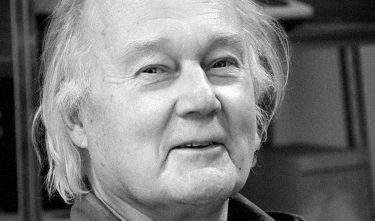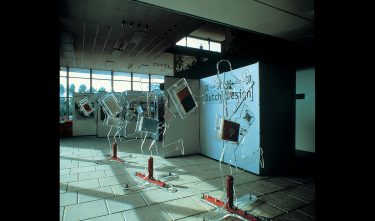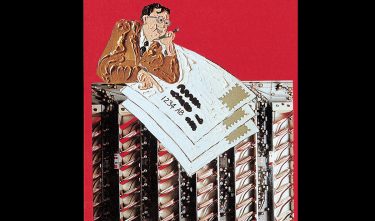Studio Dumbar
BNO Piet Zwart Award

The project
Jury member Paul Mijksenaar: “Reviewing the list of previous winners, it is clear that Gert Dumbar more than deserves to be included. Of all the previous winners, he actually shows the strongest affinity with Piet Zwart, especially as regards the playfulness in his work. His famous Mondriaan Poster – representing typical Mondriaan style elements such as coloured bars photographed in the space like an installation – would fit well in Piet Zwart’s famous stampbooklet, just like his well-known posters through which he introduced ‘staged photography’ to the Netherlands. Just like Piet Zwart, he also worked spatially, in particular on exhibitions such as the travelling ‘Dutch Design’ exhibitions, the spatial elements of which also formed the packaging. Dumbar also masters an ‘austere’ line, which finds its expression in corporate identities for the Dutch Railways, Aegon, Hollandse Beton Groep, Spaarnestad, and – a high point in his career – the Royal Dutch PTT (later KPN), for which he designed many visual identities over the years, including stamps, forms, and the interior design of the Post Offices. Later, he added to his list of achievements the highly acclaimed visual identity for the Dutch Police, which became particularly known by the striping on all police boats, aircrafts, and vehicles. Before establishing Studio Dumbar, he was already co-founder of Tel Design in The Hague – the counterpart of Total Design, the design bureau with the major customers among which many government organisations. With Tel Design, the Amsterdam-based Total Design had another self-willed competitor to contend with.”

Jury
Jury member Rob Huisman: “In addition to his purely professional activities, Gert Dumbar has always taken an active interest in matters outside the boundaries of his profession. By founding Theater Zeebelt, he ventured upon the performing arts. With Zeebelt, he produced, among other performances, an opera with flies playing the leading parts, and recently he and his students in the KABK organised a series of cabaret performances with famous fonts as the main characters. In the late 1990s, he organised together with his wife Leonie a series of international design conferences in the Haags Gemeentemuseum, which turned out to be a trail-blazing contribution to the internationalisation of the concept of ‘Dutch Design’. Finally, he also played an active role in politics with the establishment of the Nationale Affichegalerij (National Poster Gallery).”



